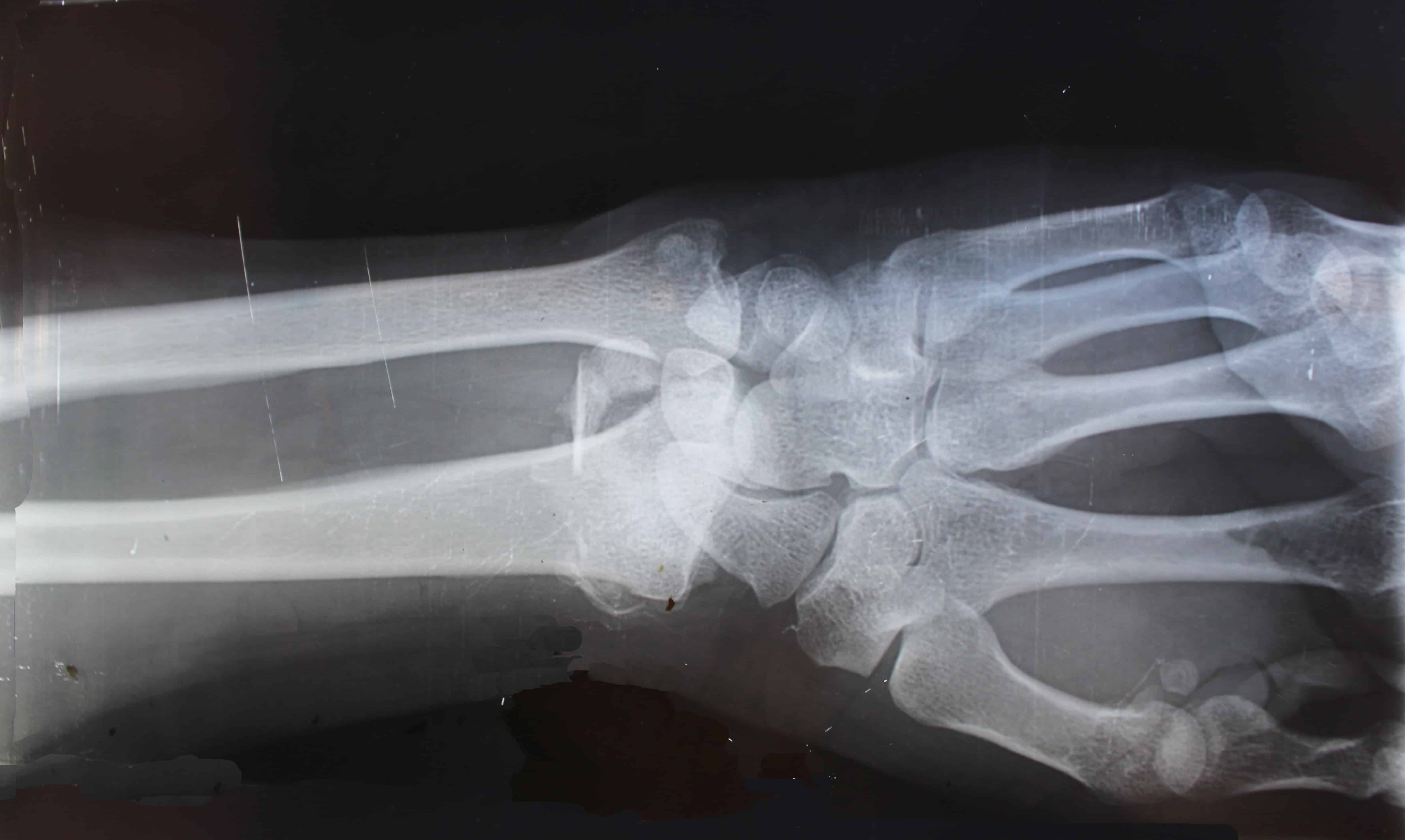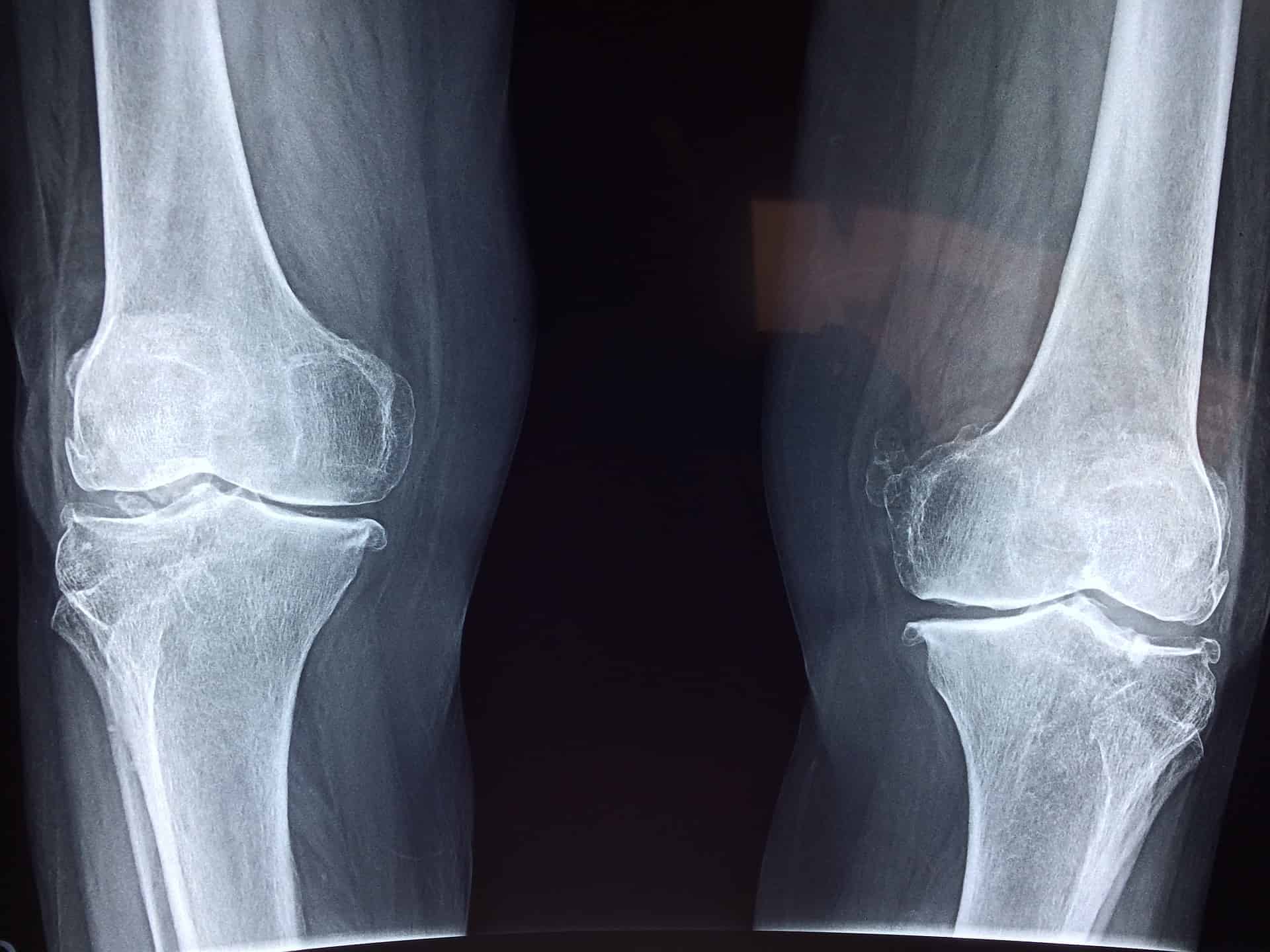
A newly-conceptualised “Packaged-DNA” method can help to stimulate bone healing in a localised and targeted manner, researchers found. This groundbreaking medical innovation could come in handy after a complicated fracture or after severe tissue loss following surgery, Martin Luther University Halle-Wittenberg (MLU) announced in a press release.
This has been demonstrated by researchers at the German athanaeum, in a joint effort with the University of Leipzig, the University of Aveiro (Portugal) and the Halle’s Fraunhofer Institute for Microstructure of Materials and Systems IMWS. They have developed a new process in which they coat implant materials with a gene-activated biomaterial that induces stem cells to produce bone tissue.
Optimising bone-healing power
Bones are a fascinating example of the body’s ability to regenerate. They are able to regain full functionality – even after a fracture – thanks to their ability to form new, resilient tissue at the fracture site. “However, when it comes to complicated fractures or major tissue loss, even a bone’s self-healing power is insufficient,” explains Professor Thomas Groth, head of the Biomedical Materials research group at MLU’s Institute of Pharmacy. “In such cases, implants are needed to stabilize the bone, replace parts of joints, or bridge larger defects with degradable materials.” The success of such implants depends largely on how well they are incorporated into the bone. Increased efforts have been made in recent years to support this process by coating implants with bioactive materials to activate bone cells and mesenchymal stem cells.
Mesenchymal stem cells are capable of generating different types of tissue, however activating them to specifically regenerate bone can be particularly challenging. In such cases, an extracellular matrix plays a crucial role. “The tissue between the bone cells is made up of collagens and chondroitin sulphate, among other things,” explains Groth. “It can be artificially replicated and applied to the surface of implants to make them bioactive.”
This ensures that implants are incorporated better and are less likely to be rejected by the body. Drugs and activators can also be added to the artificial extracellular matrix to stimulate bone growth. One such activator is the protein BMP-2, which is already being used in spinal fusions or to treat complicated, non-healing fractures. However, studies have shown that the high dose of BMP-2 needed can lead to uncontrolled bone tissue formation in the surrounding muscle as well as to other undesirable side effects.

A different approach
The researchers from Halle, Leipzig and Aveiro are therefore proposing a procedure that stimulates stem cells in a more targeted way and causes significantly fewer side effects. One thing they are focusing on is enhancing the design of the extracellular matrix. They use a special layer-by-layer technology to apply the biomaterial to the implant. This enables them to control its composition, structure and properties at the nano level. “It is a sophisticated process which we have perfected at MLU in collaboration with Fraunhofer IMWS,” explains Thomas Groth.
This design at the nano level is useful to functionalise the biomaterial; here they are leaning on the expertise of colleague Dr Christian Wölk from Leipzig. Instead of incorporating large amounts of BMP-2 directly into the biofilm and risking an uncontrolled release, he packages DNA fragments into lipid nanoparticles that act as transport containers. Only after the implant has been inserted does the DNA migrate into the cells of the bone tissue and stimulate them to produce BMP-2. This, in turn, activates the bone-forming stem cells.
According to Groth, the method is also fundamentally suited for transporting mRNA and thus expands the possibilities of regenerative medicine – not only in the field of bone formation, but also for other therapeutic applications.
Selected for you!
Innovation Origins is the European platform for innovation news. In addition to the many reports from our own editors in 15 European countries, we select the most important press releases from reliable sources. This way you can stay up to date on what is happening in the world of innovation. Are you or do you know an organization that should not be missing from our list of selected sources? Then report to our editorial team.







